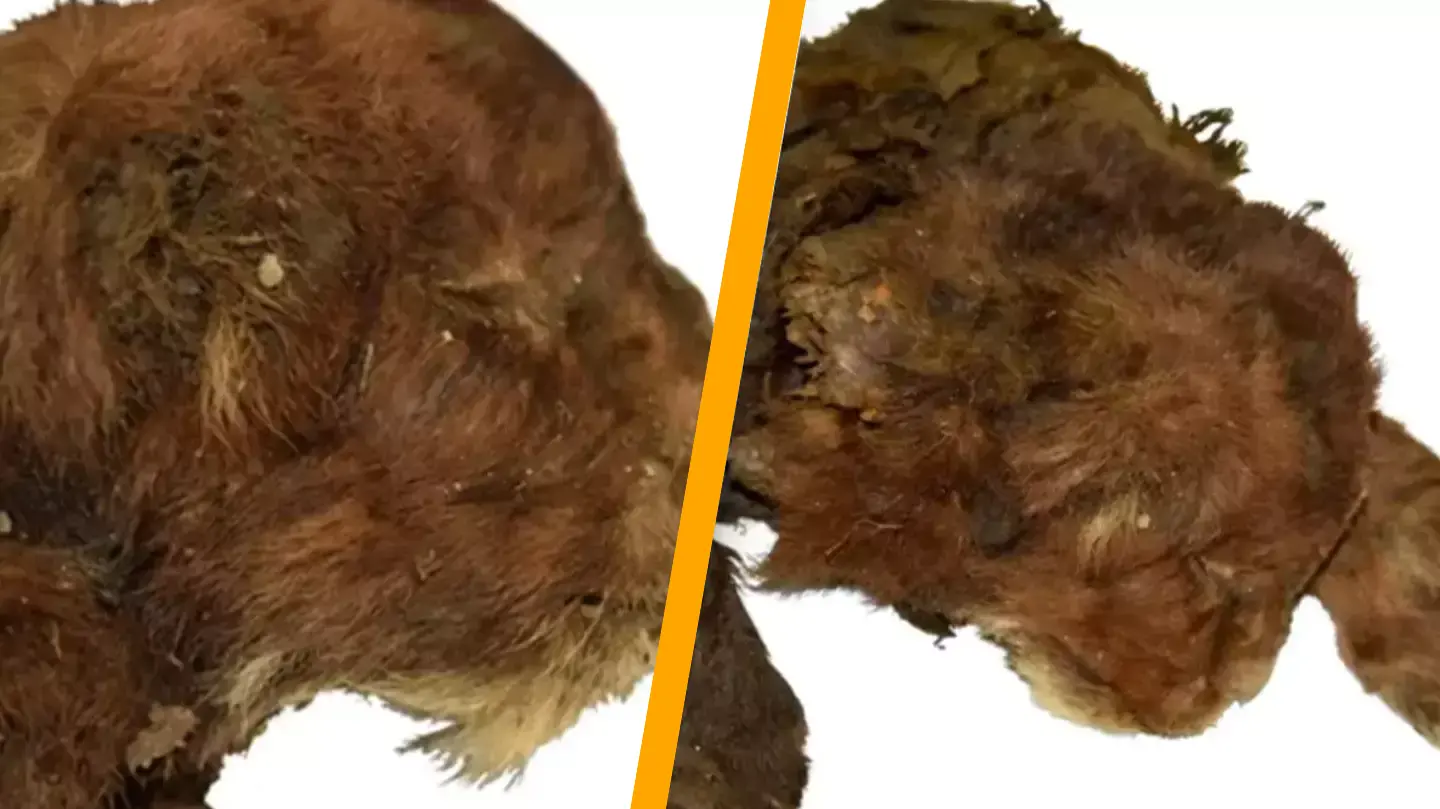In an unprecedented discovery, scientists have successfully recovered the frozen, mummified remains of a saber-toothed cat for the first time.
This historic find took place in the Arctic permafrost of Siberia, where the body of the juvenile species was located.
Known as a Smilodon, this saber-toothed cat belonged to the extinct subfamily Machairodontinae.
These predators roamed the Americas about 20 million years ago during the Pleistocene epoch, and the Homotherium, another genus of saber-toothed cats, survived until roughly 10,000 years ago.
While other specimens have been discovered in the modern era, this marks the first time a mummified body has been found.
Unearthed near the Badyarikha River in northeast Yakutia, Russia, in 2020, the cat is estimated to be 35,000 years old.
The preservation of the cat is astonishing, with its fur, head, torso, and limbs remaining intact despite the passage of time.

Researchers from the Russian Academy of Sciences shared their findings in the journal Scientific Reports. They stated: “For the first time in the history of paleontology, the appearance of an extinct mammal that has no analogues in the modern fauna has been studied.”
The cat was identified as a kitten, only three weeks old at the time of death, which explains the absence of the prominent sabre tooth canines as they had not yet developed.
The discovery offers a detailed glimpse of the saber-toothed cat’s features, which many in the scientific community have long speculated about.
This knowledge will be crucial for a deeper understanding of the species.
The study also highlighted that the juvenile saber-tooth exhibited ‘significant differences from a modern lion cub of similar age.’
In contrast to a three-week-old lion cub, this saber-toothed cat had an ‘unusual’ shaped muzzle, small ears, long forelimbs, a sizable mouth opening, a darker coat, and a larger neck area.
Researchers concluded that these differences were adaptations to a cold climate.
Homotherium species were prevalent during the Ice Age, inhabiting regions across the Americas, Africa, and Eurasia (now Europe).

The researchers wrote: “The discovery of H. latidens mummy in Yakutia radically expands the understanding of distribution of the genus and confirms its presence in the Late Pleistocene of Asia.”
The kitten is specifically from the H. latidens, the Eurasian variant that existed until the end of the Ice Age.
Each species possessed distinct traits based on their regional habitats.
This particular cat differs from the North American H. serum and the African H. problematicum and H. africanum.
While most specimens have previously been found in North America, this discovery could provide researchers with a better understanding of the Eurasian genus.
This isn’t the only species uncovered in Siberia’s permafrost; however, it is particularly significant.
In a similar event, researchers have found other well-preserved specimens such as a wolf, woolly rhinoceroses, mammoths, and birds.
Scientists at North-Eastern Federal University in Yakutsk discovered a wolf frozen for over 400 centuries, with its teeth, fur, and some organs remarkably intact.
Robert Losey, an anthropologist at the University of Alberta, remarked to Business Insider: “It’s shocking, actually.
“It’s the only complete adult Pleistocene wolf that’s ever been found, so that in itself is really remarkable and completely unique.”
The question arises: what other discoveries await?

